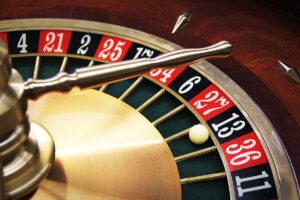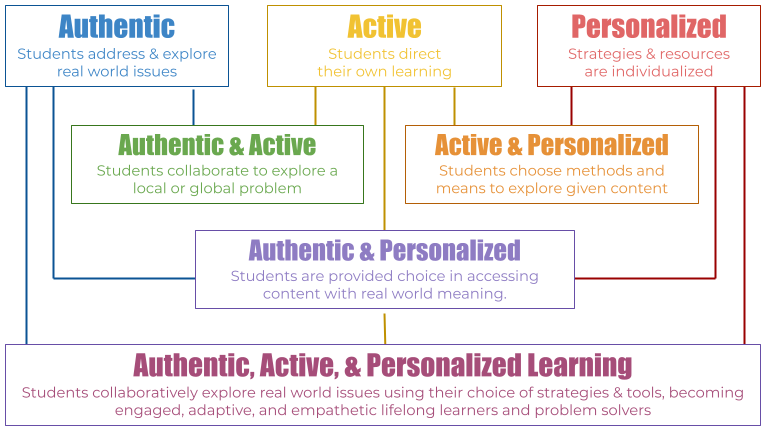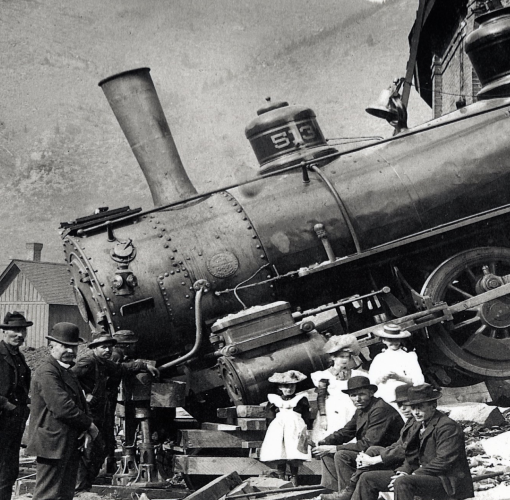During twelve years as a teacher, I taught somewhere around 8,640 lessons. As an administrator, I’ve run thousands of hours of workshops and observed thousands of lessons. Odds are that not all of these lessons were great. The ones that worked essentially boiled down to wise planning and preparation, skillful and heartfelt teaching, and quality resources. Good things come in threes.
Beyond that triplet, we do more than just teach children skills and content. The most effective lessons help students make authentic connections, teach them to actively learn, and are personalized to their needs and interests.
Achieving even one of those is like winning a wager at the racetrack. Managing all three is like hitting a trifecta. I’ve never won serious money on a horse race, but I have seen and experienced that kind and level of learning with students and educators. To me that feeling is more amazing than cashing in on a long odds gamble!
Hedging Our Bets
 We can’t make dice, lotteries, or racehorses do our bidding, but we can control how we view our world, the knowledge we acquire, and the effort we exert.
We can’t make dice, lotteries, or racehorses do our bidding, but we can control how we view our world, the knowledge we acquire, and the effort we exert.
With lessons that are active, authentic, and personalized– the trifecta of learning– our students are the winners. The payout is engagement, meaning, and increased brain power.
Why these three? These strategies have come to the forefront through my experience, testing, and research. Each method, when employed with fidelity and supported by robust professional development, is also well supported by data.
They are not the only strategies/mindsets/pedagogies that can lead to student success. They do, however, encompass most of what we know to be important and effective– social-emotional learning, metacognition, productive struggle, gradual release, equity, problem-based learning, a constructivist pedagogy, grit, cross-curricular content and skills, and a whole child approach, to name a few.
I have previously written about these approaches separately. Before we look at them in combination, here’s a summary of each. (Click links for original posts.)
Authentic lessons connect students to and mirror real world problems, those typically encountered by adults in professions associated with that content area– for example, a chemist identifying water pollutants, a trainer creating a workout, and an artist designing a themed gallery show are authentic situations.
Active learning activities involve students in exploration, inquiry, discussion, collaboration, reflection, and forming opinions and hypotheses about a topic. Rather than simply being presented with content, students learn through investigation, discovery, and testing ideas.
Personalized learning strategies engage students and address individual needs by incorporating knowledge of their background, experience, individual interests and aspirations. I know teachers who provide students with choices of novels around a common theme, for example.
Greater Than the Sum of its Parts
The diagram below shows the seven possibilities for the three learning approaches when used individually or in combination.

On the page, using these three approaches seems like a no-brainer. In practice, it isn’t always a sure bet. Some examples may help identify when we’re doing them right.
Examples of each individual practice, the top row of the infographic, are in the blogs linked above.
The middle section represents the three pairings. Here are examples of each:
- Authentic & Active Learning in science or social studies: Students collaborate to investigate a local environmental issue that has been defined by the teacher (not personalized).
- Active & Personalized Learning in math: Students identify and apply their preferred strategies for solving novel math problems (not authentic).
- Authentic & Personalized Learning in art or social studies: After viewing examples and being shown how to use various media to explore social justice issues, students create a graphic using a preferred medium to address an issue of their choice (not active).
Lastly, an example of the trifecta of Authentic, Active, & Personalized Learning would be as follows:
Students access a variety of materials on the impact of the pandemic on businesses, discuss and clarify one problem in teams, brainstorm ways to address it, and choose the best means to present their solution.
I have found these approaches to be not just complementary or additive, but multiplicative.
Essential Questions for Creating Authentic, Active, and Personalized Lessons
Even though each can cross content areas, the examples above might not fit your children or subject. Here are a few guiding questions to help assess and modify existing lessons or create new ones that’ll work no matter with whom or what you are working.
Authentic connections
- Where might an adult use this knowledge or skill in their job?
- Will students be able to readily identify the practical use of this knowledge or skill?
- What impact might expertise in and understanding of this content have on the world? (We’ve used the UN Sustainable Development Goals since 2015 to kickstart such conversations.)
Making learning more active
- How is the lesson structured to give students an experience in which they control their own learning?
- Where are discovery, inquiry, group activities, reflection, and self assessment built into the lesson?
- How much pre-teaching, background knowledge, and guidance are needed before students can dig in to the content on their own? (It’s less than we usually provide.)
Personalizing content and methods
- What do I know about the students as a group and as individuals to help inform the lesson?
- What choices are available for students to learn the material and present evidence of understanding?
- In what ways does the lesson encourage student voice and agency?
This kind of learning isn’t just handing kids a mystery box with no directions (though I have found that even that can produce surprising results!). Students must be taught to make connections, find meaning, actively learn, and make good choices on their own behalf. That can take time. Once you get them on track, though, they’ll be winning by a length!
⚙ Dr. Marc
If you feel that someone in your professional network, neighborhood, the next classroom or cubicle would benefit from engaging in topics like the ones in these posts, I encourage you to forward them this email.
©2021 Marc Natanagara, Ed.D. All rights reserved. Reprinted with permission.
This article and other resources available at authenticlearningllc.com
When duplicating this post in any form, please be sure to include the attribution in italics above.
When duplicating an infographic, be sure to include attributions within the graphic.
Image of horses CCA 2.0 Generic from https://commons.wikimedia.org/wiki/File:Racing_at_Arlington_Park.jpg
Image of roulette wheel from https://www.piqsels.com/en/public-domain-photo-flxql
August 2021





